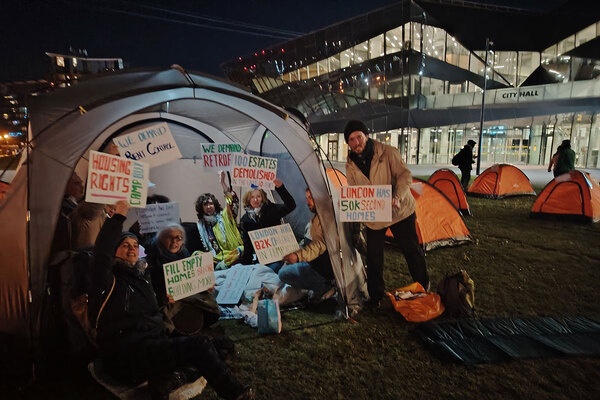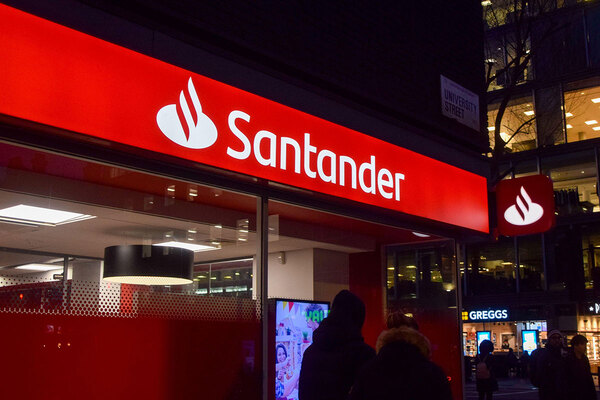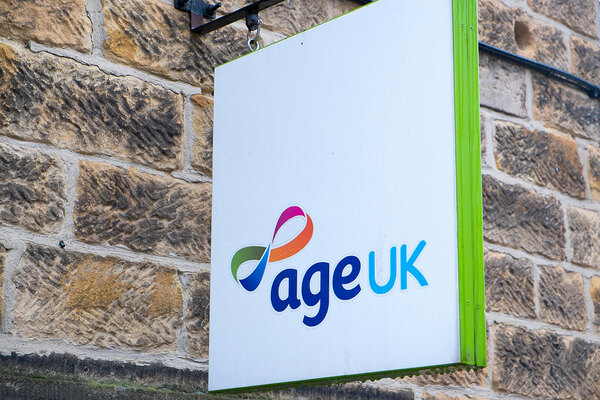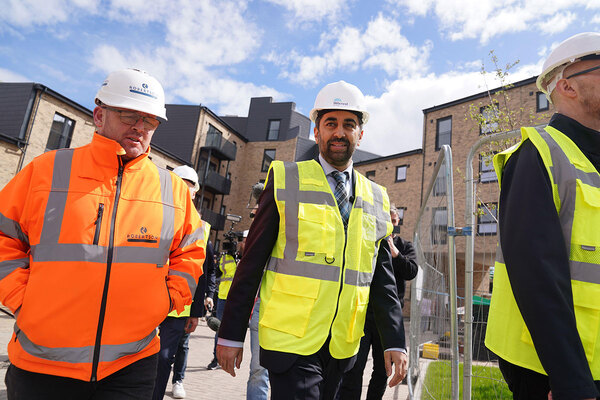You are viewing 1 of your 1 free articles
 Jules Birch
Jules BirchLower-income tenants are being left to take the strain
Jules Birch describes how cuts and caps are undermining the original purpose of Local Housing Allowance
As Universal Credit understandably took all the headlines, the scale of the threat posed by restrictions on the Local Housing Allowance (LHA) has come into even sharper focus.
The mood music this week suggested that ministers are set to make concessions over their plans to apply LHA caps to supported housing but the rest of social housing is still right in the firing line.
In a packed Westminster Hall debate on Tuesday and at the Communities and Local Government Committee, ministers gave strong hints of flexibility to come.
The debate was called by Tory MP Peter Aldous, who called on the government to give “full and serious consideration” to recommendations made by two select committees for a supported housing allowance rather than LHA plus local top-ups.
Communities minister Marcus Jones said: “This matter is a priority for the government, and we will announce the next steps shortly – later this autumn. I believe that when those proposals are introduced, they will show that we have listened and have understood the important issues at hand and the important situation. What is at stake is helping and supporting some of the most vulnerable people in our society.”
It remains to be seen exactly how much ministers have listened and understood about a system that would create a postcode lottery and has already halted development plans.
But at stake too is the government’s attempt to impose a flawed system originally designed to reflect private rents to control a very different combination of rent and care costs in supported and social housing.
As a report just published by the Institute for Fiscal Studies (IFS) shows, a succession of cuts and caps to the LHA since 2011 have completely undermined that original system and broken the link with rents.
Culminating in a four-year freeze in LHA rates until 2020, the cuts have left an extra 600,000 people in the private rented sector with a shortfall between their rent and their housing benefit entitlement.
Let’s hope Philip Hammond heeds calls for action in the Autumn Statement because as things stand, even if the freeze ends in 2020, another 200,000 people face shortfalls if LHA rises with inflation rather than rents up to 2025.
The IFS analysis shows that low-income renters now spend a higher proportion of their income on rent than higher-income tenants even after accounting for housing benefit.
In 60 seconds: the English social housing rent settlement
The same system is on its way soon to a social rented sector in which 700,000 people already have shortfalls against their rent thanks to the bedroom tax, benefit cap and all the other cuts seen since 2011.
If it was implemented in full, the IFS estimates another 200,000 people would face shortfalls but LHA caps will apply from April 2019 to tenancies signed from April 2016 and to tenants making new Universal Credit claims so the effect will be more gradual.
The impact will be felt most immediately by single people under 35, whose housing benefit will be restricted to the shared accommodation rate (SAR) and who are perhaps more likely to be affected immediately if they have signed a new tenancy since last year.
Research published this week by the Chartered Institute of Housing Scotland and the Scottish Government found that 12,000 single tenants living in mainstream social housing face a combined rent shortfall of up to £8.6m. The impact will be worst in Edinburgh and Glasgow.
However, this is not just about the under-35s. Tenants and landlords in parts of the country with high LHA rates may think they can ignore this for now but the impact will be felt immediately in some areas.
As Sophie Barnes reported for Inside Housing, that should give landlords pause for thought as they cheer the prospect of a resumption in Consumer Price Index plus 1% rent increases from 2020.
Analysis by Savills found 10 areas in the North and Midlands in England where the gap between social rents and LHA rates will be less than £10 a week in 2019/20, meaning that they could breach the cap soon after that.
“Housing association tenants will be worse affected than council tenants because their rents tend to be higher.”
Abigail Davies, associate director at Savills, points out that some of the pressure will be reduced by two more years of rent cuts but that some landlords already have rents above LHA rates.
In Wales, as I reported last year, the situation is far worse than that. Across the Valleys and parts of North Wales, social rents are already above what are some of the lowest LHA rates in Britain.
The impact will be felt in one, two and even three-bed properties and shortfalls will be even greater where there are service charges on top of rents.
This is also about who will be hit as well as where. Housing association tenants will be worse affected than council tenants because their rents tend to be higher.
And where the under-35s will feel the impact first, the over-65s will eventually feel it, too.
Although pensioners were exempt from the bedroom tax there are currently no such assurances about the LHA cap.
In effect the LHA could become their bedroom tax, although the effects will be staggered because they are relatively unlikely to be taking out a new tenancy.
It also remains to be seen whether sheltered housing will be included in any new system for supported housing.
“The LHA could become pensioners’ bedroom tax.”
The IFS says the breaking of the link between rents and housing benefit represented by LHA is set to leave private tenants with ever-rising shortfalls between their housing benefit and their rent.
It goes on: “The extension of these caps to those in social housing will mean that the same issue applies there. It will represent a substantial further step in the direction that the government has already started to embark on: making even some of the lowest-income social tenants pay for some of the cost of their housing.”
That can only exacerbate existing trends whereby some housing associations see letting to low-income and homeless households as too much of a risk because of their limited help with housing costs – and where do they go then?
The IFS estimates that cuts to housing benefit since 2011 have saved the government around £3bn per year:
“But the status quo, while limiting the effect of further rent rises on the housing benefit bill, effectively puts most of the risk of further rises in rents onto low-income tenants. This leaves housing benefit vulnerable to becoming increasingly irrelevant with respect to its purpose – maintaining the affordability of adequate housing for those on low incomes.”
Back in the early 1990s the then-housing minister said that housing benefit would cope with the effect of higher rents triggered by the deregulation of private renting and private finance for housing associations.
Flash forward to 2017 and beyond and it is clear that it is low-income housing benefit claimants, rather than housing benefit, that are ‘taking the strain’.










